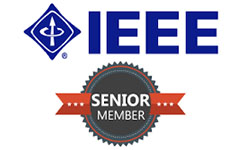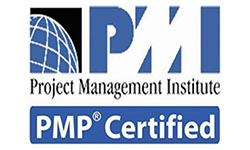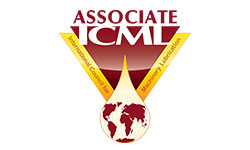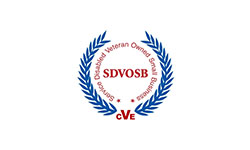2023 NEC
This development course is available in both virtual and in-person, instructor-led formats, it is a two-day development to keep your team up to date with the changes to the NEC.
Description:
TPSs updated two-day NEC® development course teaches team members how to navigate, use, and understand the NEC as it applies to the electrical work they do. This course is frequently used by electricians for continuing education and licensing renewal purposes. The course highlights changes to the 2023 NEC, including workspace safety, electrical generation and distribution, photovoltaic stations, and much more. During this course, TPS instructors will address the most recent changes to the national electrical code, training students in those areas while answering questions related to team members’ specific work situations.
Course Outline:
Day One – Topics
Introduction to the National Electrical Code® (NEC)
1. NEC® Layout as the First Step in Successful Navigation
2. Differences between Chapters 1-4 and 5-9
3. How to Quickly Put Yourself in the Right Chapter of the National Electrical Code®
Finding Specific Information in Chapter 1 General:
1. Keywords and Definitions You Must Know
2. Installation Requirement Topics
Finding Specific Information in Chapter 2 Wiring and Protection on:
1. Use and Identification of Grounded Conductors
2. BranchCircuits
3. Feeders
4. Branch-Circuit, Feeder and Service Calculations
5. Outside Branch Circuits and Feeders
6. Services
7. OvercurrentProtection
8. Grounding
9. Transient Voltage Surge Suppressors
Finding Specific Information in Chapter 3 Wiring Methods and Materials on:
1. Wiring Methods
2. Conductors for General Wiring
3. Cabinets, Cutout Boxes, Meter Socket Enclosures Outlet, Device, Pull, and Junction Boxes; Conduit Bodies; Fittings; and Manholes Armored Cable
4. Nonmetallic-Sheathed Cable: Types NM, NMC and NMS
5. Flexible Metal Conduit: Type FMC
6. Liquidtight Flexible Metal Conduit: Type LFMC Rigid Nonmetallic Conduit: Type RNC
7. Liquidtight Flexible Nonmetallic Conduit: Type LFNC Electrical Nonmetallic
Tubing: Type ENT
8. Auxiliary Gutters
9. Busways
10. Cablebus
11.Metal Wireways
12.Surface Metal & Nonmetallic Raceways
13.Cable Trays
Day Two – Topics
Finding Specific Information in Chapter 4: Equipment for General Use on:
1. Flexible Cords and Cables
2. Fixture Wires
3. Switches
4. Receptacles, Cord Connectors, and Attachment Caps Switchboards and Panelboards
5. Luminaires, Lampholders, Lamps
6. Appliances
7. Fixed Electric Space-Heating Equipment
8. Motors, Motor Circuits, and Controllers, including Disconnecting Means for
Motors
9. Air Conditioning and Refrigeration Equipment
10.Transformers and Transformer Vaults 11.Equipment over 600 Volts, Nominal
Finding Specific Information in Chapters 5 through 8 on:
The interrelationships between the first four chapters and these chapters
1. Special Occupancies
2. Special Equipment
3. Special Conditions
4. CommunicationSystems
Finding Specific Answers from Tables in Chapter 9
How to Quickly Use Ready Information










